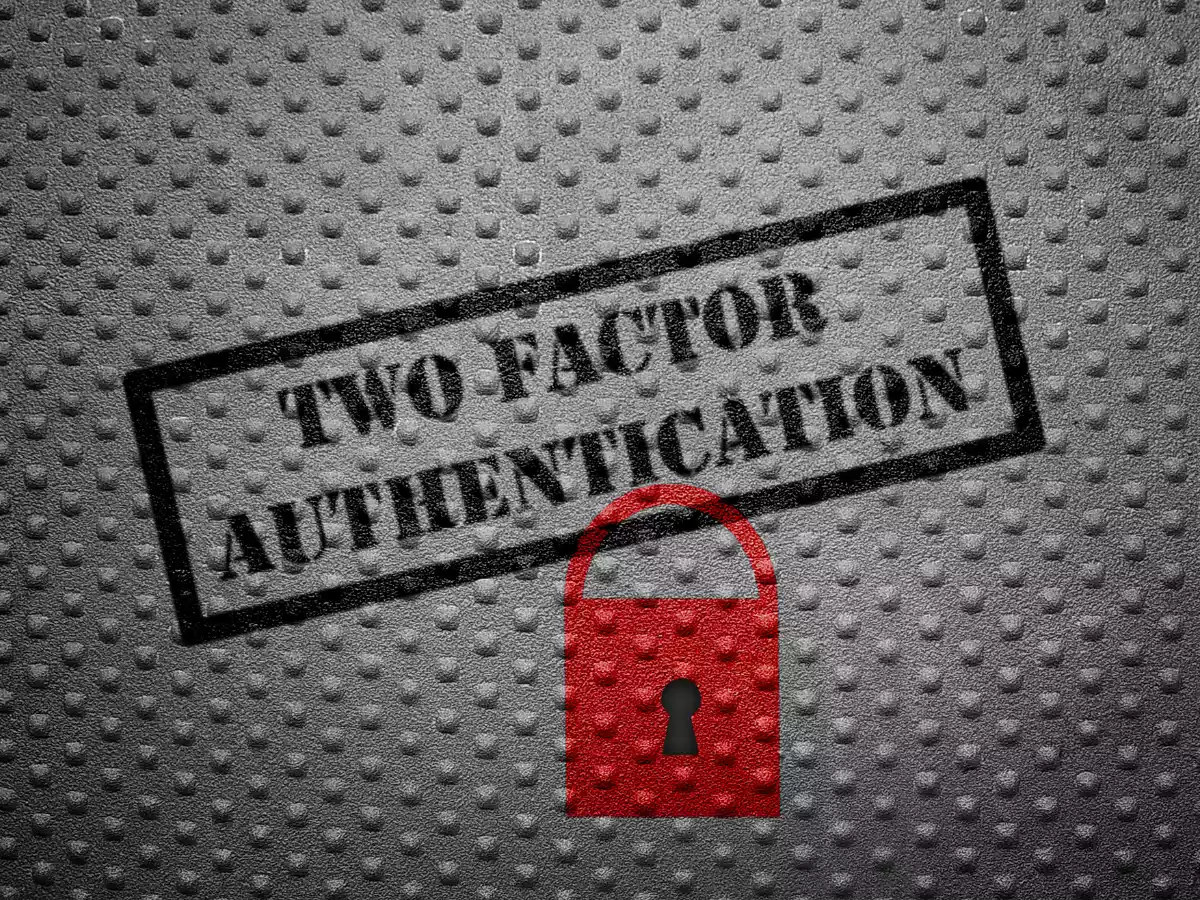The security of sensitive data is crucial for any business, regardless of its size. Small businesses, however, may not have the same resources and budgets as larger corporations to invest in top-tier security measures. This is where two-factor authentication (2FA) comes in. 2FA is a security process that adds an extra layer of protection to user accounts by requiring users to provide two forms of identification before granting access. In this blog post, we’ll explore what two-factor authentication is, the benefits it provides to small businesses, how to implement it, and best practices to follow. Whether you’re a small business owner or an employee looking to improve your company’s security, this guide will provide you with the necessary information to help you make informed decisions about implementing 2FA.
Table of Contents
ToggleWhat is Two-Factor Authentication?
Two-factor authentication, also known as 2FA, is a security process that requires users to provide two forms of identification before granting access to an account or system. The first form of identification is typically a password, and the second form of identification is usually a unique code sent to the user’s mobile device, email, or through a specialized authentication app.
The process of 2FA provides an additional layer of security that makes it more difficult for attackers to gain unauthorized access to sensitive data, even if they have obtained the user’s password. By requiring a second factor of authentication, the user is required to provide additional information to prove their identity, thus making it more difficult for attackers to bypass the security system.
Many industries, such as healthcare and finance, require companies to implement two-factor authentication as part of their compliance regulations. By implementing 2FA, small businesses can ensure that they meet these requirements and avoid potential fines or legal penalties.
There are several types of 2FA methods, including hardware-based tokens, software-based tokens, SMS-based authentication, biometric authentication, and app-based authentication. Each method has its own benefits and drawbacks, but all provide an additional layer of security that can help to protect businesses from data breaches, identity theft, and other security threats.
Selection of a two-factor authentication (2FA) solution
When selecting a 2FA solution for a small business, there are several factors to consider. Here are some steps to follow when selecting a 2FA solution:
- Identify the business requirements for a 2FA solution, including the number of users, types of devices supported, and integration with existing systems.
- Evaluate different types of 2FA methods, such as hardware-based tokens, software-based tokens, SMS-based authentication, biometric authentication, and app-based authentication. Consider the security, usability, and cost of each method.
- Consider the ease of implementation of the 2FA solution, including the amount of time and resources required to deploy the solution.
- Evaluate the cost of the 2FA solution, including the upfront costs and ongoing costs such as maintenance and support.
By following these steps, small businesses can select a 2FA solution that meets their business requirements, is easy to implement, and provides reliable security. It’s important to evaluate different options and take the time to choose a solution that best meets the needs of the business.
Examples of Two-Factor Authentication for Small Businesses
Here are some examples of two-factor authentication (2FA) methods that small businesses can use to enhance their security:
SMS-based authentication
This method involves sending a unique code to a user’s mobile phone via SMS, which the user enters along with their password to authenticate. This method is easy to use and does not require any additional hardware, making it a good option for small businesses with limited resources.
App-based authentication
This method involves using an authentication app such as Google Authenticator or Authy to generate a unique code that the user enters along with their password to authenticate. This method is more secure than SMS-based authentication as the code is generated on the user’s device, making it less vulnerable to interception.
Hardware tokens
Hardware tokens are small devices that generate unique codes that the user enters along with their password to authenticate. This method is highly secure, but can be expensive and may require additional support.
Biometric authentication
Biometric authentication involves using a user’s unique biological characteristics, such as fingerprints or facial recognition, to authenticate. This method is highly secure, but may require additional hardware and software support.
Small businesses should consider the pros and cons of each 2FA method and choose the one that best meets their needs in terms of security, ease of use, and cost. It’s also important to make sure that the chosen 2FA method is compatible with the business’s existing systems and infrastructure.
Conclusion
In conclusion, two-factor authentication (2FA) is a powerful tool that small businesses can use to enhance their security and protect their sensitive data and systems. By requiring an additional factor of authentication beyond just a password, 2FA makes it more difficult for unauthorized users to access your systems and data.




